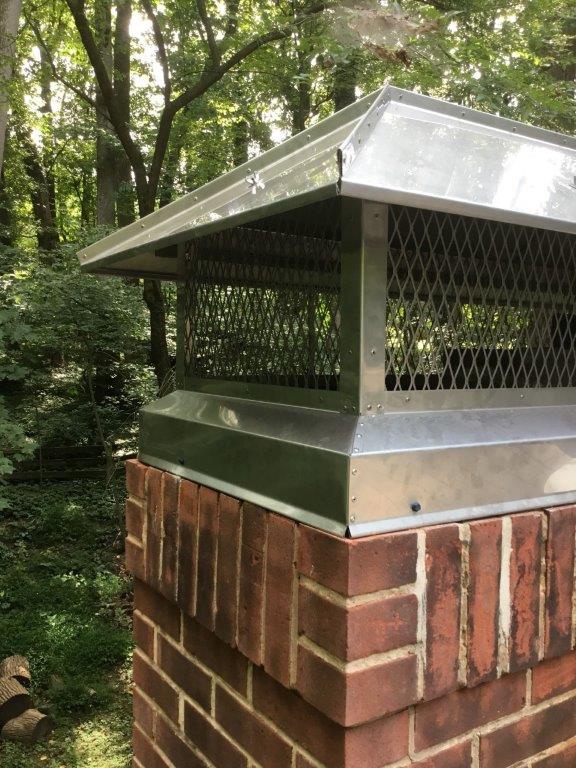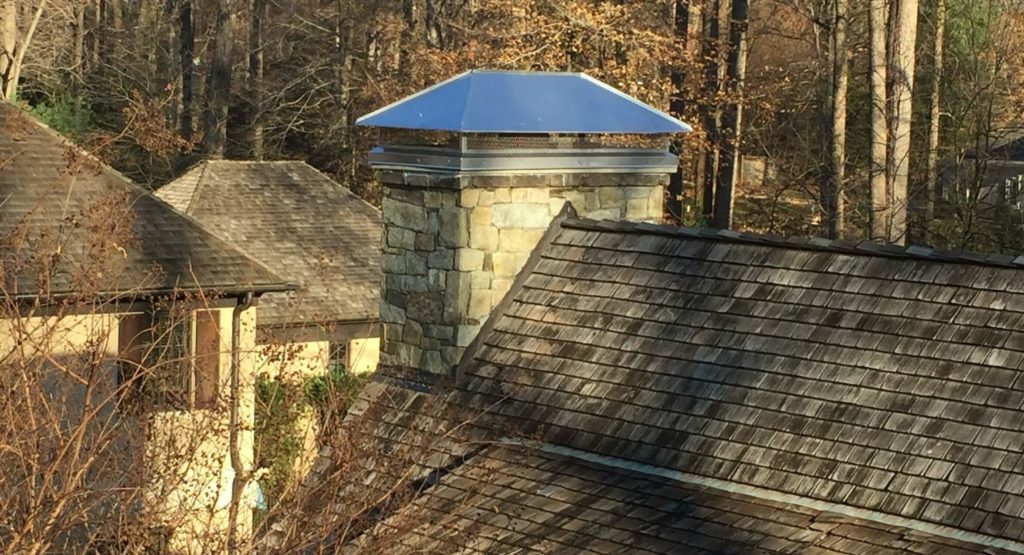How to Choose the Right Chimney Cap for Your Home
Most homeowners already know what a chimney cap is. But what they don’t know is that not installing a chimney cap, will put your chimney at high risk of suffering weather-related damage. Rain and snow can cause bricks to become loose while metal surfaces are prone to rust or insulation destruction. On top of that, downdrafts will make it harder for the smoke from fires to escape properly.
On the other hand, an uncovered chimney is also an invitation to small animals like birds, squirrels, and raccoons who are looking for a nesting place. When nests obstruct your chimney, smoke can build up inside the home and present a real risk of fire. Animal nesting in your chimney also puts your family at risk of exposure to diseases that may be present in the animal’s waste. Therefore, it is essential to keep bird’s nests away from your fireplace and make sure that they do not block any exits for smoke. If you want to learn what is the best way to keep animals from nesting in your chimney click right here.

It is evident that protecting your family’s security starts with the right chimney cap, yet it can be a long and tedious task to select the ideal one for your house. If you take the time to educate yourself on what to look for and do some research to find out which type of chimney cap is best for your particular needs, you’ll soon have that perfect new cap installed and ready to enjoy. However, we want to make things easier for you and for that very reason, we have created this guide to help you on your journey of finding the right chimney cap for your home. Ready? Let’s get started!
5 Things to know when choosing your chimney Cap

1. Types of Chimneys Caps Materials
When looking for the perfect chimney cap, all of your options are made from metal – usually steel, aluminum, or copper. Copper is undoubtedly the strongest and longest-lasting material but it also comes with a higher price tag. Aluminum caps won’t break the bank but can bend easily under pressure. Stainless steel offers you a great balance between strength and affordability making it an ideal choice for most households.

2. Flue Shape & Size
Before selecting a chimney cap, it is essential to inspect your flue and determine its shape and size. Chimney caps are typically designed as small metal boxes that come in various shapes and sizes, facilitating fitting into different types of flues – round, ovular, squared off or rectangular. This design ensures the best possible fit for any style of fireplace while protecting against debris buildup throughout all seasons.
3. Installation
Installing a chimney cap can range in difficulty, depending on the structure of both the flue and cap. Complications may arise if screws or bolts must be inserted into either the crown or flue for securement; however, some caps simply slip onto the opening with relative ease. Quality, size and specifications, all factor into how simple an installation is likely to be.
4. Chimney cap Weight Matters
A heavier chimney cap is more likely to withstand strong winds and prevent it from being torn off. Consult with a reliable dealer regarding which type of caps they recommend for your area and consider going one size up in terms of weight to ensure maximum protection against wind damage.
5. Warranties
When buying a chimney cap, make sure to read the warranty closely and understand exactly what kind of warranty you’re getting. Lifetime warranties are generally found with stainless steel or copper caps, while galvanized steel caps typically come with limited warranties.
Don’t worry if you’re feeling overwhelmed by the prospect of researching, purchasing, and installing a chimney cap. Just remember that the right chimney cap is out there, and you’ll be enjoying the peace of mind that comes with knowing your family and home are safe in no time. Best of luck!
